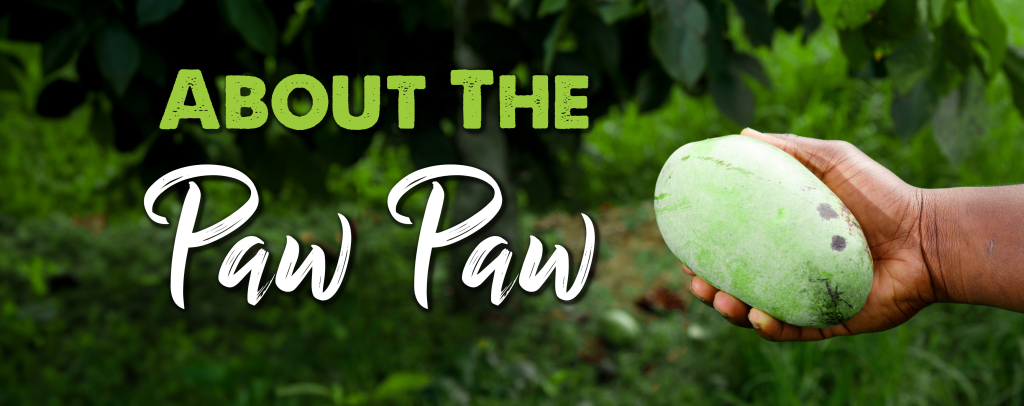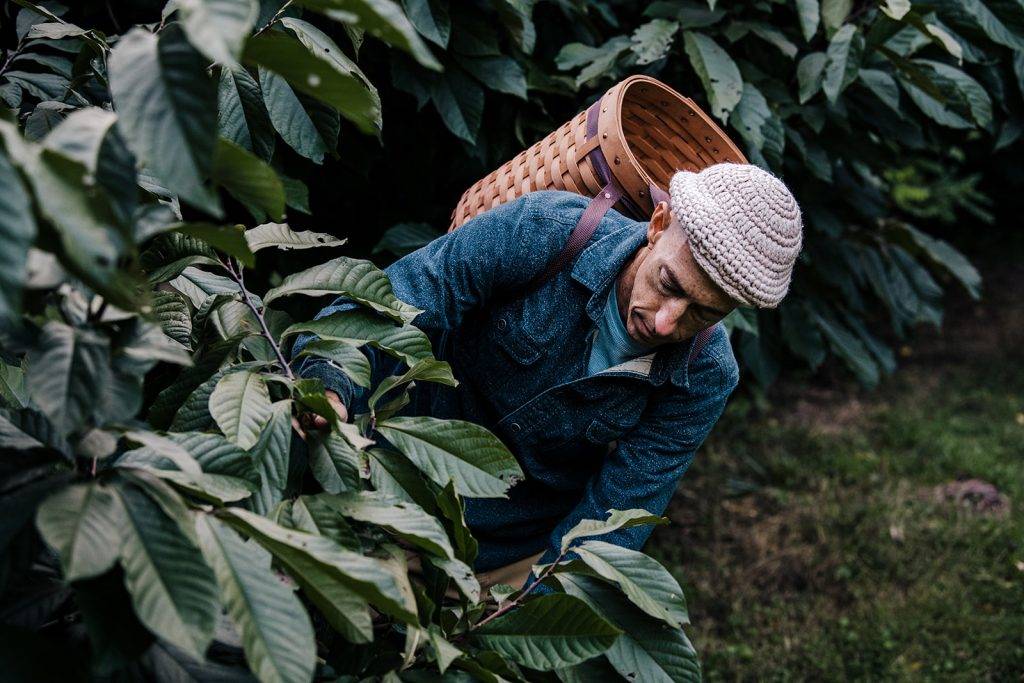Pawpaws, the largest edible fruit indigenous to North America, have been dubbed the best-kept secret of the fruit world. Despite their tropical taste and significant historical roots, they remain largely underappreciated. This article aims to shed light on this enigmatic fruit, exploring its history, benefits, and culinary potential.

The Forgotten History of Pawpaws
Pawpaws have been a part of the North American landscape long before European settlers arrived. Indigenous tribes widely consumed them, utilizing the fruit as a vital food resource. Early settlers quickly adopted the fruit into their diets, with notable historical figures such as Thomas Jefferson and George Washington cultivating pawpaw trees at their homes.
The pawpaw’s decline in popularity is attributed to its delicate nature, which makes it unsuitable for mass production and distribution. Unlike apples and oranges, pawpaws have a short shelf life and cannot withstand long transportation times, leading them to fade into obscurity as transportation networks expanded.
Nutritional Powerhouse
Despite their diminished presence in mainstream agriculture, pawpaws pack a nutritional punch. They are an excellent source of vitamin C, magnesium, iron, and antioxidants. The nutritional profile of pawpaws supports immune function, aids digestion, and contributes to overall health. Low in calories yet high in nutrients, pawpaws make for a healthy addition to various diets.
Finding Pawpaws Today
Foraging pawpaws can be an engaging endeavor. They thrive in the wild, particularly in the understories and edges of deciduous forests in the Eastern United States. The fruit ripens from late August through October, and foragers often follow their nose, as ripe pawpaws emit a distinct, fruity aroma.
For those less inclined to forage, pawpaws are beginning to appear in farmers’ markets and some specialized grocery stores, though they are still relatively rare. Increasing interest in sustainable and local produce is paving the way for pawpaws to enjoy a resurgence in popularity.

Culinary Uses Beyond Compare
The unique flavor of pawpaws, often likened to a blend of banana, mango, and melon, lends itself to a variety of culinary applications. Fresh pawpaw can be pureed and used in smoothies, desserts, and even savory dishes. It pairs beautifully with flavors such as vanilla, lime, and honey.
 Innovative chefs have started to experiment with pawpaws, creating items like pawpaw bread, custards, and ice creams. For the home cook, pawpaws can be an exciting ingredient to explore, rewarding those who take the time to incorporate its unique flavor into their culinary repertoire.
Innovative chefs have started to experiment with pawpaws, creating items like pawpaw bread, custards, and ice creams. For the home cook, pawpaws can be an exciting ingredient to explore, rewarding those who take the time to incorporate its unique flavor into their culinary repertoire.
Growing Your Own Pawpaw Tree
For the dedicated gardener, growing pawpaw trees can be a fulfilling project. They require little maintenance once established and are naturally resistant to pests and diseases. Pawpaws prefer well-drained soil and some shade during their early years. While they can take several years to bear fruit, the reward is a plentiful harvest of this elusive fruit.

The Long Creek Nursery
Conclusion: Embracing the Pawpaw Potential
The pawpaw presents an opportunity to enjoy a fruit that is not only rich in flavor but also steeped in American history. Whether you choose to forage for them, buy from a local market, or grow your own, pawpaws offer a distinctive taste of North America’s diverse fruit heritage. As interest in local and sustainable foods continues to grow, the pawpaw is poised to reclaim its place in the culinary spotlight.
Posted In: Edible and Ecological Landscape Design


